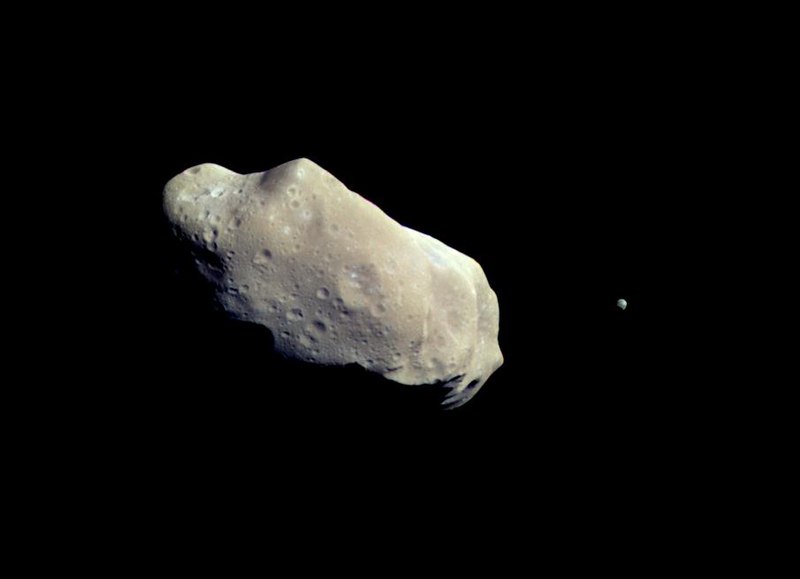טעקע:243 ida.jpg

גרייס פון דעם פארויסקוק: 800 × 579 פיקצעלן. אנדערע רעזאלוציעס: 320 × 232 פיקצעלן | 640 × 463 פיקצעלן | 905 × 655 פיקצעלן.
בילד מיט אַן הױכע רעזאָלוציע (905 × 655 פיקסעל, טעקע גרייס: 20 קילאבייטן, טיפ MIME: image/jpeg)
היסטאריע פֿון דער טעקע
קליקט אויף א דאטע/צײַט צו זען דאס בילד אזוי ווי עס איז דעמאלסט געווען
| דאַטע/שעה | געמינערטע בילד | געמעסטן | באניצער | קאָמענטאַר | |
|---|---|---|---|---|---|
| איצטיקע | 14:59, 10 סעפּטעמבער 2022 |  | 655 × 905 (20 קילאבייטן) | BevinKacon | Reverted to version as of 10:44, 30 January 2006 (UTC) the NASA page clearly states original resolution as Product Size: 905 x 655 pixels (w x h) |
| 09:42, 23 יולי 2020 |  | 491 × 679 (12 קילאבייטן) | Leonel Sohns | Recovered old version from archive.org | |
| 18:55, 24 אַפּריל 2019 |  | 520 × 718 (65 קילאבייטן) | FriedrichKieferer | Better quality. | |
| 11:46, 11 אויגוסט 2013 |  | 520 × 718 (17 קילאבייטן) | Soerfm | Crop | |
| 10:44, 30 יאַנואַר 2006 |  | 655 × 905 (20 קילאבייטן) | Arnomane | better resolution | |
| 19:52, 1 פֿעברואַר 2005 |  | 491 × 679 (12 קילאבייטן) | Svdmolen | NASA image of 243 Ida and Dactyl. - NASA {{PD}} |
טעקע באַניץ
דער פאלגנדער בלאט ניצט די דאזיגע טעקע:
גלאבאלע טעקע־פארווענדונג
די פאלגנדע אנדערע וויקיס ניצן די דאזיקע טעקע:
- באניץ ביי af.wikipedia.org
- באניץ ביי af.wiktionary.org
- באניץ ביי als.wikipedia.org
- באניץ ביי am.wikipedia.org
- באניץ ביי an.wikipedia.org
- באניץ ביי ar.wikipedia.org
- באניץ ביי ast.wikipedia.org
- באניץ ביי az.wikipedia.org
- באניץ ביי bat-smg.wikipedia.org
- באניץ ביי bcl.wikipedia.org
- באניץ ביי be-tarask.wikipedia.org
- באניץ ביי beta.wikiversity.org
- באניץ ביי be.wikipedia.org
- באניץ ביי bg.wikipedia.org
- באניץ ביי bjn.wikipedia.org
- באניץ ביי bn.wikipedia.org
- באניץ ביי bo.wikipedia.org
- באניץ ביי br.wikipedia.org
- באניץ ביי bs.wikipedia.org
- באניץ ביי ca.wikipedia.org
- באניץ ביי ckb.wikipedia.org
- באניץ ביי cs.wikipedia.org
באקוקן נאך גלאבאלן באניץ פון דער טעקע.

